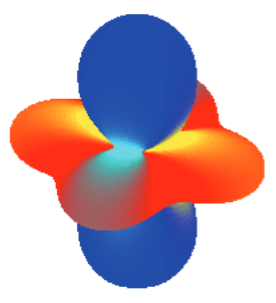Time-reversal symmetry breaking in Re-based superconductors
To trace the origin of time-reversal symmetry breaking (TRSB) in Re-based superconductors, we performed comparative muon-spin rotation/relaxation (μSR) studies of superconducting noncentrosymmetric Re0.82Nb0.18 (Tc=8.8 K) and centrosymmetric Re (Tc=2.7 K). In Re0.82Nb0.18, the low temperature superfluid density and the electronic specific heat evidence a fully-gapped superconducting state, whose enhanced gap magnitude and specific-heat discontinuity suggest a moderately strong electron-phonon coupling. In both Re0.82Nb0.18 and pure Re, the spontaneous magnetic fields revealed by zero-field μSR below Tc indicate time-reversal symmetry breaking and thus unconventional superconductivity. The concomitant occurrence of TRSB in centrosymmetric Re and noncentrosymmetric ReT (T = transition metal), yet its preservation in the isostructural noncentrosymmetric superconductors Mg10Ir19B16 and Nb0.5Os0.5, strongly suggests that the local electronic structure of Re is crucial for understanding the TRSB superconducting state in Re and ReT. We discuss the superconducting order parameter symmetries that are compatible with the observations.

